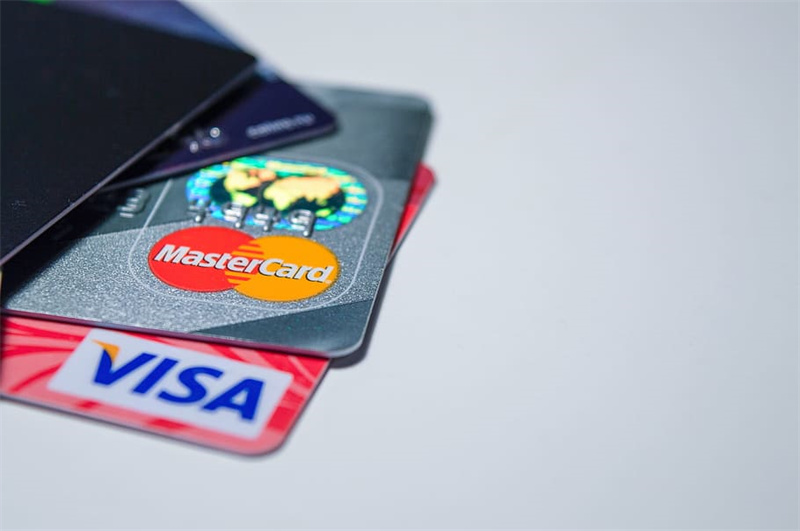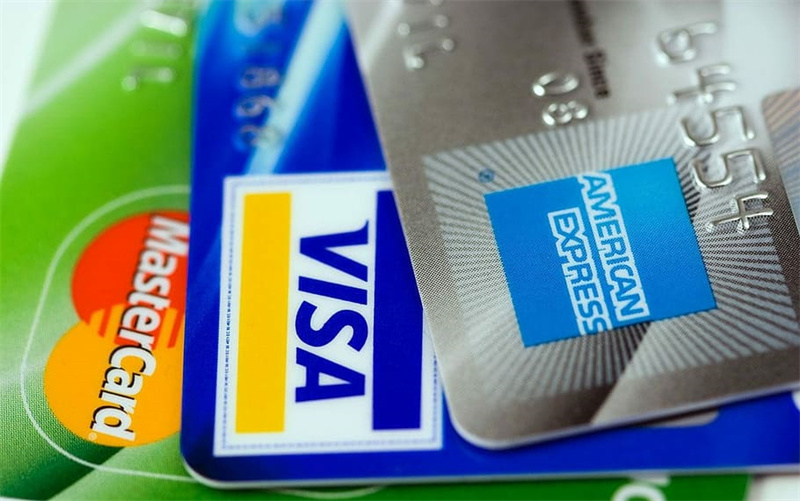Some people who want to build a credit history may want to start using credit cards responsibly. Click here for more information about the different lenders and rates in the market, and make sure to compare options. Many lenders can provide discounts, rebates, and 0% interest as an introductory offer, and it would help to get a list of the ones that are available in your area. Most of these reports will do an itemization of your bankruptcies, mortgage, credit card limits, and current loans. You’ll see the time when your account was opened and any past delinquent or missed payments you might have made. There are specific scores that are assigned to each individual, and these can range from 300 to 900. Ideally, you should get a score of 700 or more to get qualified for loans with better rates. The key factors determining your credit score are your total outstanding debt, type of loan, payment history, and more. With the scores, the closer you are to 900, the better, and this can be achieved when you’re responsible for managing your finances.
Credit Reports
Clean credit reports and a high score mean you’ll get offered with attractive terms and low-interest rates. This is ideal for big purchases like cars, homes, or appliances. This means you’ll be able to afford one of your dream purchases at a much lower price. However, errors, fraud, and identity theft can negatively impact your score. These can all remain on paper for an indefinite period, and it could take years to correct and clean up these damages. Remember that your reputation and name are on the line. Nowadays, cybercrimes, fraud, and identity theft are on the rise, so an annual review of your report will help you determine if you have been the victim of these activities. The best way is to track suspicious activities early on, which can save you lots of headaches down the road.
How to Keep your Score High
Pay Bills on Time: You need to pay the bills when they are due and avoid skipping them. The penalties and late fee charges could remain on the report for years, so it’s best to pay them on time to establish your creditworthiness. Automatic Payments: If possible, enroll in a loan with automatic payments to make sure they are paid monthly. Some companies may offer discounts for these arrangements, which means you’ll save a lot more each month. Change Due Dates: If a due date is inconvenient for you and you need to take out a loan to pay for an existing one, you can always call the creditors to make everything more manageable. You can schedule them on paydays, so you don’t have to worry about penalties and missed payments. Stick to your Schedule: Determine a weekly or monthly payment schedule and stick to it no matter what. It should be consistent and properly aligned with your cash flow so you can get out of debt fast.
Tips with Credit Cards
Don’t Max Out your Limit: You might be carrying a balance every month but make sure to at least pay the minimum amount. Be aware of your credit utilization because this affects your score in general. Maintain a balance of at least less than 30% of your revolving limit whenever possible. Pay High-Interest Cards First: The first thing to do is address the ones with the smallest balance. Put the extra with the others. Repeat this process each month to pay off the minimum due on the others and move on with the ones with the smallest balance. This is known as the snowball method. You can apply the same method each month where you’re slowly paying everything off everything plus the minimum due. Build on this momentum until the balance goes to zero, and remember not to add any debts while you’re paying for your current ones. Aside from that, call your company issuer to see if they can lower the interest rate to a reasonable figure. Some will grant your request, especially if you’re a good customer. Finally, choose the ones with the lowest interest rates or those with high cash back rewards. Otherwise, spend only when necessary.
About the Reports
Obtaining a Free Report Annually
Free reports are available when it comes to your credit score, and major credit bureaus provide them. Some sites will also give you more staggered access to your reports, and this is something that you can view twice a year. These are all free, so keep an eye on any disputes, discrepancies, errors, and fraudulent transactions that you might have. Any missing or late payments should be made up-to-date, and see if there are significant changes with your next month’s reports.
Scores
Many institutions will allow you to see your score for free. This can be done through mobile apps or online banking. When you’re aware of where you’re standing, you can make wiser decisions regarding purchases. When you notice a noticeable dip, you need to ensure that these changes are done and authorized by you to discourage fraudulent activity.
Other Tips for the Responsible Use of Credit Cards
Aside from tracking your score, knowing your kredittkort spending and your current balance is also essential. Some of the tips that may help you out are the following:
Know What You’re Spending
One of the critical things you can do to keep your credit card balances in check is to know what you’re spending. This means tracking all of your purchases carefully and only buying the essentials. Another thing to remember is always to pay your bills on time. If you don’t, your credit score will suffer, and it may be harder for you to get approved for new credit cards in the future. It’s also important to remember that credit utilization ratios are essential. This is the amount of debt divided by your total available credit. A ratio below 30% is generally considered good, while a ratio above 80% can harm your credit score.
Getting the Help of Technology
Download the mobile applications and check your balance on the issuer’s website. This lets you keep track of things, and you can view your balance and check the available limit. You can also make sure that the previous payments were posted through the help of apps. Download other technologies where you can list down your expenses and due dates. Nowadays, everything can be done from your mobile devices, and it’s a hassle-free way of being on top of your credit.
Keep a List of Features
You may have four or more credit cards, and confusing the due dates and your remaining balance is easy. Fortunately, there are spreadsheets, personal finance apps, or handwritten notes that will help you keep track of everything. Include the remaining balance you carry from one month to another, payment due dates, interest rates, and rewards programs. With this list, you’ll never miss a payment; you know which ones have high-interest rates, and you can redeem points before their expiration date. Others may start paying the ones with the higher interest and move on to those with the lower interest through the avalanche method. They can get out of debt quickly and save each month.
Selecting a Purpose for Each One
Think of your wallet as some form of a toolbox. There are a lot of tools to help you tackle several tasks but only if you use the right credit card. For example, one card can be used for traveling, airlines, and hotels because it offers bonuses and rewards. You might be fond of eating at restaurants, and your card can provide complimentary drinks and steaks if you reach a certain spend limit. They might also offer car insurance if you’re traveling internationally, so some are better for leisure. Others choose automatic travel insurance because it’s too expensive to get from third-party providers in other countries. While you may have the cards with triple points and 2x cashback offers, getting the ones that can give you far more valuable services or products according to your lifestyle is still better.
Simplifying the Due Dates
It’s easier to remember two due dates than half a dozen ones. Fortunately, you can avoid mix-ups and missed dues by doing one of the following: Get the Cards with the Same Schedule: Request a specific date from your provider and ensure that your due dates are close to each other or, better, on the same day that works well for you. Some issuers allow these change features to be done online, while others will require you to talk to a representative before making the changes. Signing for Alerts: The alerts will enable you to receive emails and texts whenever it’s due or if you’re nearing your limit. These are useful if you’re keeping tabs on your purchases and ensuring you’re not exceeding anything. Set-up Autopay: Automatic payments will enable you to connect to your bank account, and the money will be debited from your balance on the due date. You just have to make sure there’s enough money to avoid overdraft penalties.

